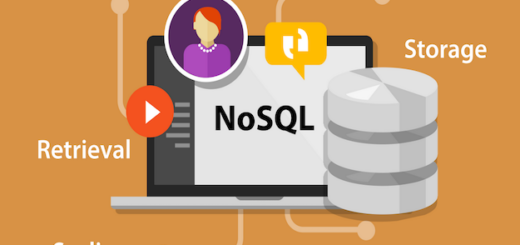The subject of database backup is complex, andmost business owners believe as long as their systems are working fine, they do not need to waste time on it. Experts in IT management say this is one of the biggest mistakes you can do for your business.
Think of it like this: if the Internet is down for just an hour in the office, how does it feel? That one hour of business is lost. You lose profits, and employees sit around waiting for the Internet connection to be restored.
Now, think about what will happen if you lose access to your business for days?The need for a good database backup and disaster recovery strategy for your business
Even if you have any database backup and disaster recovery solution intact, it performs in the desired manner? Note, there is a massive difference here between image and file backups alongside the disaster recovery solutions.

The difference between image and file backup solutions for your database
If you are a business owner, it is your responsibility to keep clients, customers, and employees safe. Their information is sensitive to the business, and the last thing you want it making them find a way into the wrong hands.
Being ready to take up the responsibility is the first step. Being aware is the next!
In case you do not have an experienced IT professional to inspect or guide you on the best database backup and disaster recovery solutions for your business, the following will be an easy guide for you.
Image versus file-based database backups
To get started on this, you first need to have a clear idea about the difference between image and file-based backups-
Before getting in an insight into their differences, first, know what you need to protect-
1. Folders and files- They contain documents you contain daily. Customer data, contracts, records, etc. This is what businesses mostly backup either on-site or on the cloud or both.
2. Applications- These are software programs like billing software, SQL, Microsoft Office, etc. In the absence of them, it is difficult for you to access your folders and files. They need regular backup, and in a format that is simple for you to restore.
3. Settings and Configurations- The apps you use daily are customized for your daily needs. For instance, alerts for malware, software updates, access privileges, and scheduling. They generally run in the background and are important for your workflow. They are extremely critical and should occupy a place in your strategy for backup.
4. Software as a Service or SaaS- If you use Google Apps or Microsoft 365, it might seem surprising, but you still need to make a cloud backup. Both of them are outstanding cloud apps; however, they are incredibly vulnerable to threats. For instance, if an employee maliciously or even accidentally deletes a file or folder, it is hard for you to get it back. The same can also hold true for an email. In short, you should be safe than sorry later.
Now, you know what to back up- it is time for you to understand the critical differences between system image and file-based backups. Experienced professionals from the esteemed company RemoteDBA.com say that depending upon your business; you should choose the right backup process.
System image backup
System image backups will take a snapshot of the whole system. This means in the event of any damage, the system can be rebuilt successfully. This generally takes a few hours. In case there is any catastrophic failure, the system image backup can restore the entire database, including apps and files.
What are its advantages?
Given below are the advantages of a system image backup-
1. You get a complete review of the whole network.
2. It can be saved to the Cloud
3. A copy of your system will be saved even if the data in the local machine or network gets lost
In most cases, you can easily restore files with a system image backup quickly.
File backups for your company
With the file backups, individual files are backed up only. This system works perfectly if you want to protect some specific files; however, it will not save the software, settings, and parent folders where specific documents have been stored in.
If you want to protect the whole in-house network, the file backup generally takes a long time. It can take weeks and months to back up the entire database system.
To get the best backup system for your company, you should consult professional and qualified IT professionals. They will ascertain the individual needs of your company first. After extensive evaluation,they will recommend to you the right backup plan for your system accordingly.
Best practices for database backups
The following are the best practices you should follow for database backups-
• Build a comprehensive plan for backup
• Always perform effective strategies for backup management
• Restore database testing should be carried out periodically
• Draft database backup and its recovery SLAs. Communicate its terms and conditions to all the stakeholders in your company.
• Ensure you have the portion that relates to database recovery well-drafted and documented
• Be aware and updated on the latest trends and information relating to database backup and recovery.
Last but not least, ensure what needs to be backed up. Generally, you should take the back up of
• passwords,
• OS software,
• RBMS software, if any,
• application software, where applicable
• Components of Oracle databases like database parameter files, database control files, etc.
Your database administrator will evaluate your needs to create effective database management back up plan.The DBA team of your company should be proactive and cooperative with one another. They should collaborate with the Internal audit team so that they get the assurance that in the event of an accident or a disaster, the information can be recovered from your database with success!




